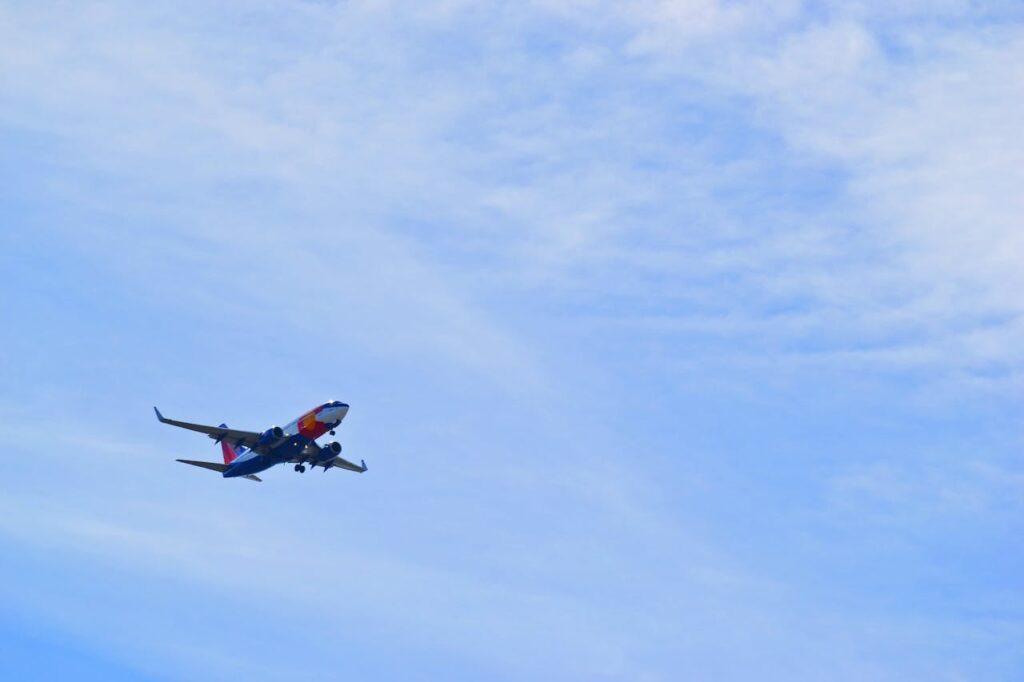
Before any plane takes off into the sky, its aircraft safety has to be ensured in order for an accident-free and smooth journey. Airplane safety is a series of rigorous scrutiny procedures meant to ensure that all components of the plane are in good working order and that it meets all the required regulatory and safety standards. Understanding how to properly assess an aircraft’s safety, from the pre-flight inspections to the maintenance checks, can hugely decrease the potential for malfunction and increase flight safety. The next article points out steps to ensure that a plane is safe to fly by major areas, which are always the most critical.
Conduct a Pre-Flight Inspection
The very first step to ensuring an aircraft’s safety is a comprehensive pre-flight inspection. This is an external check with the help of ground support equipment and an internal check conducted by pilots and operation officers of the aircraft. The external examination pertains to no visible signs of damage on the fuselage, wings, and control surfaces of the aircraft. The pilots must also internally check all instruments in the cockpit are functioning correctly and that emergency equipment is fitted. This includes fluid levels, conditions of tires, and all safety equipment like life vests or oxygen masks, all of which should be accessible and functional. The pilots would be able to note and rectify the problems by going through all these elements systematically before takeoff.
Check the Maintenance Records
Maintenance records are essential in ensuring an aircraft is in good flying condition. Such records should detail all the recent repairs, inspections, and changes on the aircraft. It is very important to peruse these records and verify that all the scheduled maintenance work has indeed been done without any outstanding problems or issues to be attended to. Maintenance records also offer some vital information on the general condition of the aircraft and its systems, pointing out possible recurrent problems or potential areas for concern. Ensuring that the maintenance history of the aircraft is detailed and up-to-date is critical in determining whether the aircraft is airworthy.
Confirming Adherence to Safety Regulations
The safety of an aircraft largely depends on adherence to set aviation safety regulations. A number of these regulations have been framed by various authorities, such as the Federal Aviation Administration or the European Union Aviation Safety Agency, which establish the parameters within which the aircraft should be operated, its maintenance carried out, and other related safety measures observed. Before flying, it is very necessary to confirm that the craft is up to all relevant safety standards and that any required certifications or approvals are up to date. This confirms validity by checking on the updating of the airworthiness certificate, registration, and other documentation for an aircraft. Such compliance avoids illegal use of the aircraft and guarantees safety within the requirements of the aviation industry.
Thorough Systems Check
This test run ensures that all critical systems on board work well. These include avionics, hydraulic systems, engines, and electrical systems. The checks should be carried out to ensure that the engines start up smoothly, work without faults, and the hydraulic and electrical systems work according to plan by providing adequate power supply to all components as needed. Additionally, a functional check of the aircraft communication and navigation systems is essential for safe flight operations. The performance of this check allows any system malfunction or anomaly, which might need the attention of pilots before flying, to be evaluated.
Assessment of Weather Conditions and Flight Planning
Finally, assessment of weather conditions and proper flight planning are prerequisites for safe flying. Pilots should analyze current and forecasted weather to decide whether the conditions are acceptable for the intended flight. This will include keeping a lookout for any adverse weather conditions, such as thunderstorms, turbulence, or low visibility, that may be dangerous to safety in flight. Proper flight planning also includes checking the path of flight, fuel requirements, and any alternate routes that may be required. Accounting for these in a flight plan largely reduces the risks and allows one to be prepared for any eventuality that may occur during the flight.
Conclusion
The assurance of an airplane being airworthy requires a multi-dimensional approach: meticulous pre-flight inspections, checking of maintenance records, checking for compliance with regulations, systems checks, and examination of the weather. Every step is vital to establishing the airworthiness and readiness of an aircraft for flying. Following these procedures meticulously can greatly enhance flight safety, if not entirely rule out the risk of difficulties on board. Safety considerations like these will lead to a safe and smooth flying experience by ensuring every flight is made with considerations for safety and dependability.